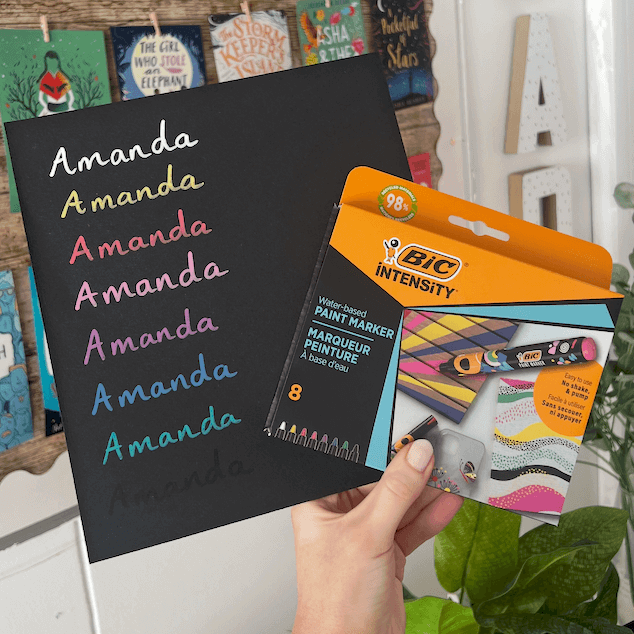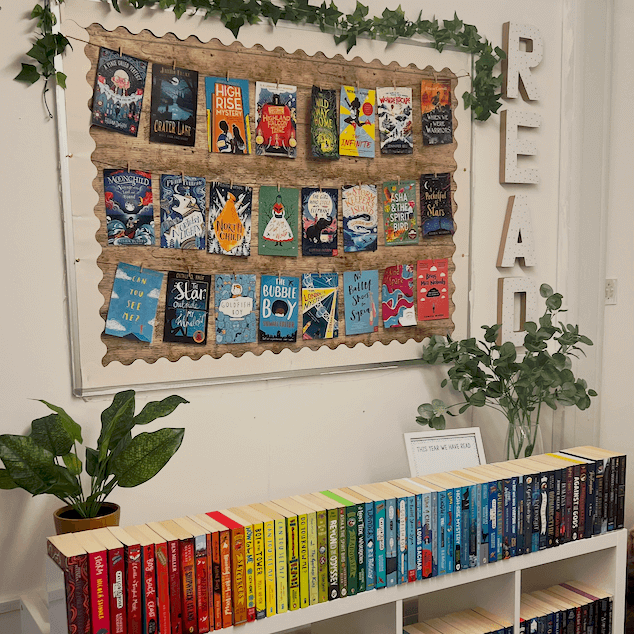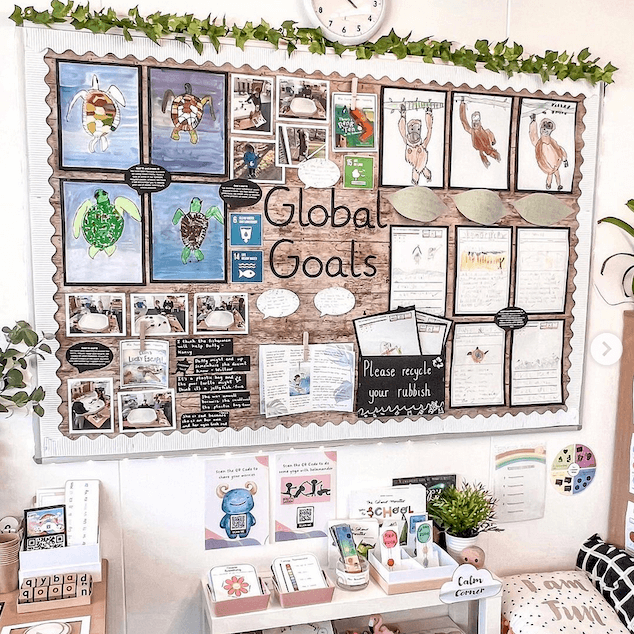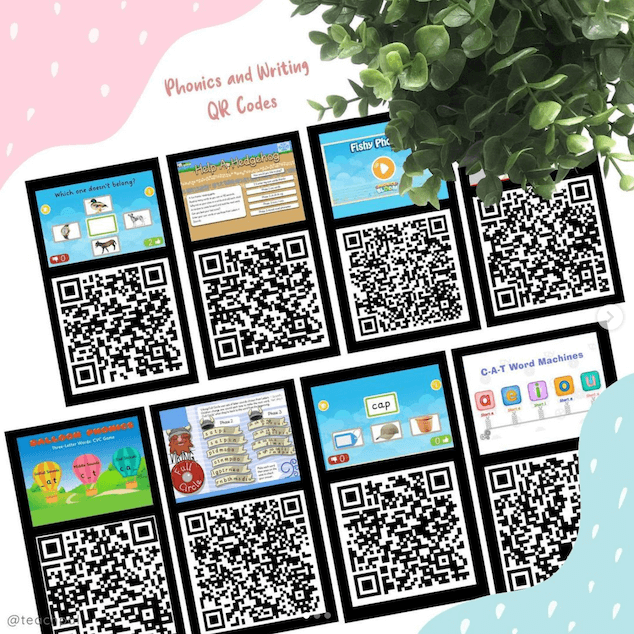Children’s levels of reading enjoyment are at their lowest since 2013 and 1 in 8 disadvantaged children said they did not have a book of their own at home (National Literacy Trust). It breaks my heart to know that there are so many children out there with no access to books at the moment.
We know that children who are read to daily hear over 1 million more words than their peers who are not read to (Alex Quigley) so reading aloud to our class is so much more than just a story or a time filler. Small daily acts of reading are so important.
10 reasons to read to your class daily
- It greatly improves vocabulary and language skills.
- It helps children to explore emotions and develop empathy.
- It’s a great way to teach children social and emotional skills.
- It provides children with a deeper understanding of the world around them and improves their background knowledge and cultural understanding.
- It allows you to build relationships with the children in your class. A time in the day that we can all look forward to!
- It fosters children’s imagination and their love of reading.
- It acts as a model for them how to read aloud and engage with a text at a higher level.
- It improves children’s concentration.
- It makes our children better writers, increasing their understanding of character, setting and plot development amongst other things.
- It improves children’s well-being.
According to the mental wellbeing, reading and writing report carried out by The National Literacy Trust, “children who are the most engaged with reading and writing (i.e. those who enjoy it, do it daily and have positive attitudes towards it) are three times more likely to have higher levels of mental wellbeing than children who don’t.”
As teachers, we try our best to continuously develop our knowledge of high-quality texts and show children our passion for reading. It’s also important to nurture a reading culture where the reading of all text types are important and equal. Graphic novels, magazines and recipe books have all been favoured by particular pupils in my class and it’s vital the we foster that. I use DEAR (drop everything and read) every day, straight after lunch, which gives the opportunity to read whatever they want.
I’ve updated my list of free ebooks and audiobooks for children and have linked my digital library on my Instagram stories, both of which you are more than welcome to share with your children. I also have some free resources for encouraging reading that I’ve shared in the literacy resources section of my website.
Related Items
One of the things I am most passionate about is nurturing a love and appreciation of reading. You couldn’t have pulled my head out from a book if you tried when I was a child; but I have to admit, if I’d had access to everything we have now, back then, I probably never would have discovered magic in the chalk with Tiffany Aching, plotted schemes with Artemis Fowl or crossed worlds with Lyra Silvertongue. I read, and re-read my books, and the beautifully crafted words of great authors forever left their mark, shaping the way I read and write today.
My class love to read, so I thought I would share a few of the things that are working well for me in the hope that it will help others. Here are my 15 favourite ways to nurture a love of reading:
Be a reading role model
Don’t underestimate the influence you have on your children’s attitude towards books. Nothing will build your love of reading, and your knowledge of current children’s books, more, than actually reading them yourself. Let your children see how excited you are about getting a new book, and talk about your favourite authors and what it is about them that makes you enjoy their works so much.
Find quality reading materials
If you’re starting from scratch, it’s important not to think you need hundreds of brand new books and start panicking! It’s far more important that you have a few great books, rather than countless low-quality books that will only turn children away from reading. It’s up to you if you want to spend your own money buying books for your class, but your school really should be dedicating some budget towards buying new books for the school. If you’re struggling to decide what books to get, my book reviews might help, and my end of book bookmarks each feature 7 books that my children love. Free ebooks can be a great way to widen the range of texts available to children at home. Keep an eye on YouTube and Authorfy too, as authors often read chapters from their books. These are fantastic as children then become invested in the story and want to read the rest.
Choose books that have a diverse range of characters that all children can relate to
How can we expect children to enjoy reading when they find it impossible to relate to any of the characters? We naturally want to see ourselves in the books that we read, so make sure that the books in your class support your inclusive environment, featuring a diverse range of children and themes. It’s also incredibly important that children learn about different people and cultures, and carefully chosen books can help nurture acceptance, respect and empathy in our children. Before adding to your collection, go through the books you already have and make sure that they don’t portray people and cultures in a negative way. Some great places to go for recommendations are @diverse_kids_books on Instagram, The Everymom and LoveReading4Kids.
Give equal importance to all text types and genres
Children should know that even if they’re not reading fiction, they are still reading! Whenever you are able to get new reading materials, try to ensure some degree of balance across a range of types and genres. You’ll want to have a lot of fiction books matched to the reading ability of your class, but do include a range of texts. Comics, picture books, guides, biographies and history books are all great for building children’s interest in reading, widening their repertoire of vocabulary at the same time. Even magazines can be great for getting reluctant readers to take those first tentative steps towards longer texts!
Talk to your children about what they’re reading
Discuss what you’re reading with your children, and show them that you’re interested in what they’re reading too. Even if you haven’t read a book that one of your children is reading, it’s usually easy enough to get through a conversation with your limited knowledge by letting them lead the discussion. For the children you know it will benefit, also encourage them to try rereading books they loved, as it can be a great way for them to build a stronger connection to a favourite author; I’ve had some wonderful talks with children about characters in their books because of this. A great way to get children talking about their books is a display, showing what each child is currently reading. We have ours up on our class door so that children around the school might notice and decide to give the books a try too.
Schedule time for independent reading
The classroom may be the only place some of your children get to open a book, so make reading for pleasure a daily part of their routine. It should be something to look forward to, separate from your reading of the class book. Use this time to chat with individual children about what they might like to read, so that you can guide them towards books they’ll enjoy, but let them make the choice. Most children will change the book they’re reading if they’re not enjoying it, but if you see anyone looking around the room, trying to pass the time whilst others are reading, help them choose something better suited. Think about how you can support your less confident readers during this time. Could you use this as an opportunity for one-to-one or small-group support?
Read to your class daily
By reading to your class daily, children access a wider range of materials than they would solely through independent reading, increasing their vocabulary and ability to decode complex texts. Just as important as what you read, is how you read it. Model being a reader, by talking through your thinking process out loud. Stop and discuss the book with your class: giving opinions about characters, summarising how the characters have changed, predicting plot developments, and identifying new vocabulary are all great for class discussion. Just be careful not to stop and start the book too much as it can become detrimental to the flow, and therefore the children’s enjoyment, when overdone.
Develop children’s reading fluency
Reading success builds both increased confidence and engagement, which is why a child struggling to read will also struggle to enjoy a book. How to develop children’s reading fluency is a whole other post for another day. Consider introducing ‘reading buddies’, where the older children read to the younger children. This benefits both the older children and the younger children; the younger children have a role model for reading, and the older children are given a purpose, helping to build their appreciation for the importance of reading whilst becoming more confident readers.
Create an inviting reading area
Your reading area will depend on the space, furniture and books you have available. Please, don’t feel the need to go out and buy anything! For many classrooms, space can be at an absolute premium, but a bookshelf or table at the side of the room can be just as effective. The books themselves are by far the most important part of the reading area, not the furniture you put them on! Try to make sure that the books on prominent display aren’t completely battered or children won’t want to pick them up. If you don’t have space for a bookshelf, you could print the front covers of some of your books and put them up on a display board, or make a book menu, hopefully generating some interest in the books that would otherwise go unseen.
Celebrate your children’s love of books
World Book Day is great, but celebrating reading once a year isn’t enough to convince children of its value and importance. Holding book awards each term, with the children voting on their favourite books and announcing the winners with a mini award ceremony, can be a great way to celebrate books. My class love completing reading in random places challenges and reading trackers, and we keep a ‘books read collectively’ chart that celebrates reading without putting pressure on anyone. Reading reward cards can be great personal motivators, but be careful not to rely too heavily on extrinsic rewards, and ensure that children are never in competition with their peers. Also, Miss P’s Literacy Calendar is an absolutely fantastic resource and includes reading events such as Reading Together Day, Banned Books Week and Black History Month.
Bring books to life
You can help children appreciate the power of books by bringing them to life through other subject areas. Art, drama and technology are all great for this, helping reluctant readers see that the words on the page create such vibrant imagery. It can be anything, from acting out a scene in a book to creating a soundscape that captures the mood of the author’s words. For some great ideas, head over to the CLPE website. Another way to create a buzz around the books that your children are reading is to create fun quizzes, with Kahoot, Blooket and Educandy being some of my children’s favourites. You can read my post about using quizzes in the classroom.
Be careful with book banding
Book banding can be a helpful tool to allow you to quickly gauge the reading level of a wide range of unfamiliar books, but be careful! A child may not pick up a book they would have loved because it has a ‘lower’ band. Similarly, a child might not pick up a book they would have loved, because the book band tells them it’ll be too difficult. By all means, continue using book banding if you find it works for your school. Just remember that you, as a teacher, know what level each child is at in their reading, and you know the books you’re providing them with. Create an environment within which the children feel comfortable chatting with you about books, and you will be best placed to help them choose something new.
Get parents involved
There’s so much research out there showing how important parental involvement is in their children’s education. Support parents in promoting reading for pleasure at home by regularly sharing book suggestions, links to free ebooks and audiobooks, and other reading suggestions such as recipes, letters and magazines. Reading activities and challenges are a great way to highlight the fun aspect of reading, getting parents and children reading together.
Visit the library
You’ll probably find that in your class or school library, the books available are weighted towards certain age ranges and types. In my class, most of my books are fiction books with a reading age that appropriately challenges the children in my class. If you’re lucky enough to have a community library within walking distance to your school, they’re a fantastic way to broaden the reading materials available to your children; they’ll have non-fiction books on a range of topics that your children might be interested in, and fiction books on every niche you can think of.
Consider setting up a school library committee
Giving children the responsibility for choosing new books for the school can be a great way to increase reading engagement across all year groups. The library committee can also organise reading events for the school, tidy the library, make labels for the books and create their own book displays. One of the ideas our committee came up with, was making an author of the month display in the school library. The children place all of an author’s books on prominent display, with the front cover facing forwards. This is a great way to get children to read books by authors that you know write quality books, as they naturally want to read something from the new display.











